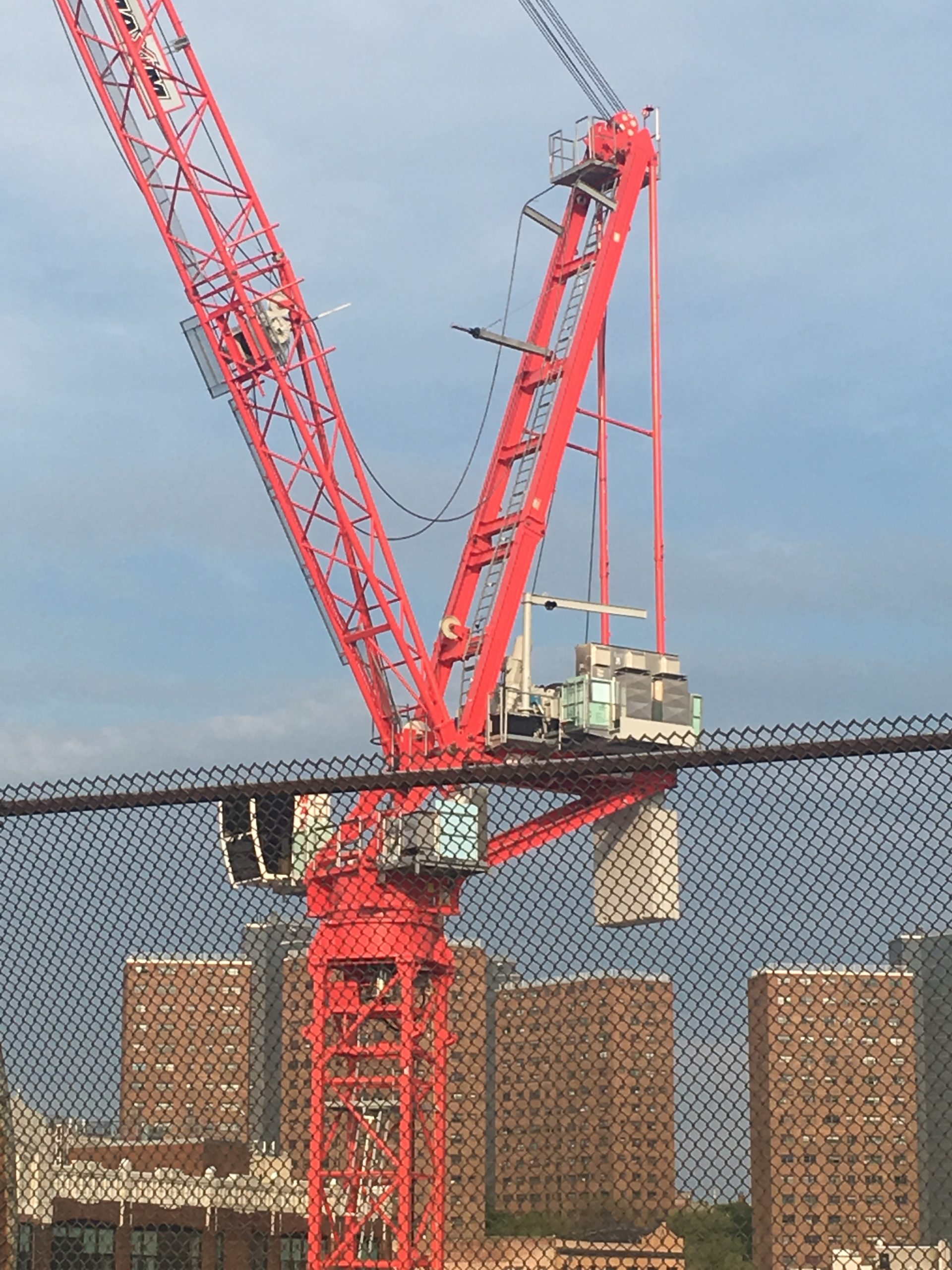Insights from our NYC Crane Accident Lawyers on the recent report from the National Safety Council and the National Commission for the Certification of Crane Operators Foundation
 As New York City crane accident lawyers, we closely monitor industry trends and research to better understand the hazards that crane operators and inspectors face daily. A recent survey conducted by the National Safety Council (NSC) and the National Commission for the Certification of Crane Operators (NCCCO) Foundation sheds new light on the prevalent risks in the crane industry. Particularly, the findings highlight systemic risks like heat illness and fatigue, which significantly contribute to workplace injuries.
As New York City crane accident lawyers, we closely monitor industry trends and research to better understand the hazards that crane operators and inspectors face daily. A recent survey conducted by the National Safety Council (NSC) and the National Commission for the Certification of Crane Operators (NCCCO) Foundation sheds new light on the prevalent risks in the crane industry. Particularly, the findings highlight systemic risks like heat illness and fatigue, which significantly contribute to workplace injuries.
Survey Findings and Legal Implications
Direct Risks: Falls and Impact by Falling Objects
The survey underscores that falls from height and impacts by falling objects remain significant threats to crane operators. These situational risks are not only a focus of regulatory bodies like OSHA but also frequent subjects of litigation due to their severe consequences. The legal duty of employers to provide safe working environments includes rigorous adherence to safety protocols and training specifically aimed at mitigating these risks.
Systemic Risks: Heat Illness and Fatigue
What stands out in the survey is the alarming prevalence of heat illness and fatigue among crane operators:
– Heat Illness: Three out of four respondents reported a high likelihood of experiencing heat-related ailments. Given the physical demands and outdoor nature of crane operations, heat illness poses a serious health risk and a significant liability concern. In locations like New York City, where both temperature extremes and construction activity are intense, employers must ensure compliance with safety regulations that include providing access to water, adequate breaks, and shade.
– Fatigue: Fatigue was also prominently reported, affecting operational safety and increasing the likelihood of accidents. Employers are legally required to manage work schedules and provide rest periods to manage worker fatigue, failure of which can result in negligence claims.
The Role of Safety Technology
Despite recognizing the benefits of safety technologies such as proximity sensors and wearables for monitoring vital signs, their adoption remains low. From a legal perspective, the integration of these technologies can be seen as a crucial element in demonstrating an employer’s commitment to safety and could potentially mitigate liability in the event of an accident.
While crane operators face significant risks from both direct and systemic hazards, there are clear pathways to enhancing safety and ensuring legal compliance.
 New York Personal Injury Attorneys Blog
New York Personal Injury Attorneys Blog


